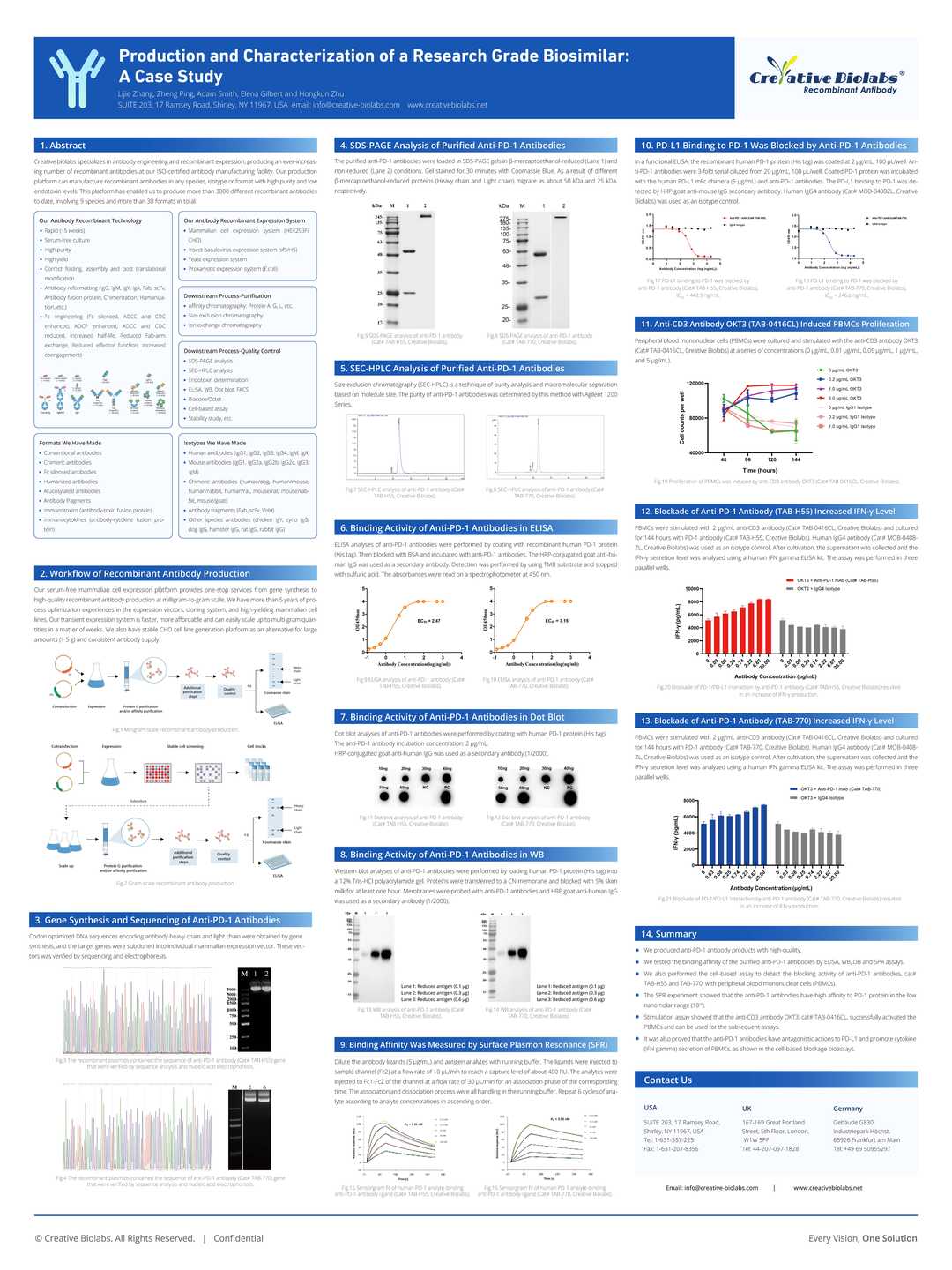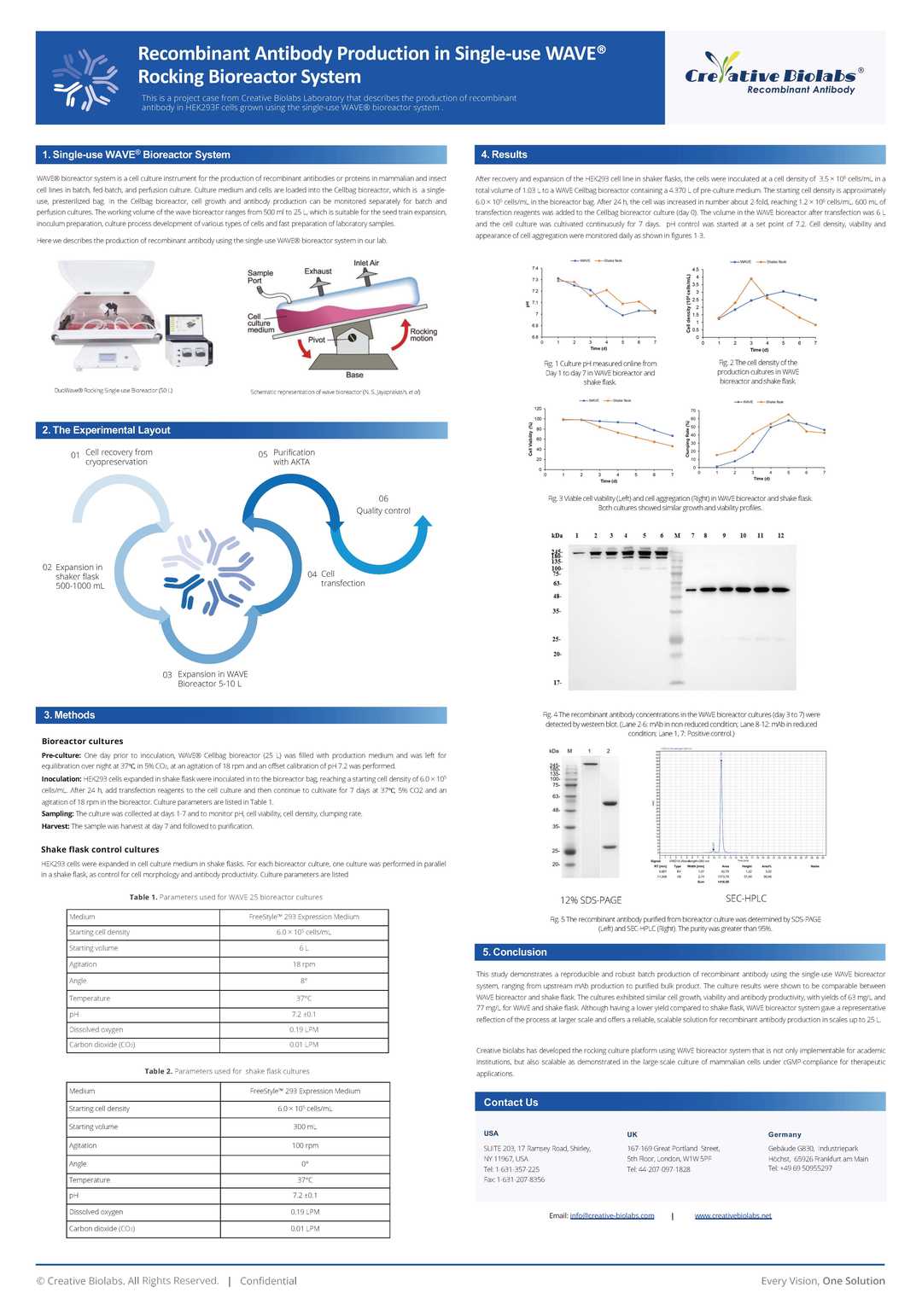Rabbit Anti-JUN (phospho S63) Recombinant Antibody (VS3-CJ415)
CAT#: VS3-CJ415
This product is a rabbit antibody that recognizes human, mouse, and rat phospho-JUN (S63).












Specifications
- Immunogen
- Synthetic peptide conjugated to Keyhole Limpet Haemocyanin (KLH)
- Host Species
- Rabbit
- Type
- Rabbit IgG
- Specificity
- Human, Mouse, Rat phospho-JUN (S63)
- Species Reactivity
- Human, Mouse, Rat
- Applications
- WB, ICC, IHC
- Conjugate
- Unconjugated
Product Property
- Purification
- Protein A affinity purified
- Purity
- >95% as determined by SDS-PAGE
- Format
- Liquid
- Buffer
- 40% Glycerol, 1% BSA, TBS, pH7.4.
- Preservative
- 0.05% Sodium Azide
- Storage
- Store at 4°C for short term. Aliquot and store at -20°C for long term. Avoid repeated freeze/thaw cycles.
Applications
- Application Notes
- This antibody has been tested for use in Western Blot, Immunocytochemistry, Immunohistochemistry.
Target
- Alternative Names
- AP1; p39; AP-1; cJUN; c-Jun
- Gene ID
- 3725
- UniProt ID
- P05412
- Sequence Similarities
- Belongs to the bZIP family. Jun subfamily.
- Cellular Localization
- Nucleus
- Post Translation Modifications
- Ubiquitinated by the SCF(FBXW7), leading to its degradation (PubMed:14739463, PubMed:27458189).
Ubiquitination takes place following phosphorylation, that promotes interaction with FBXW7 (PubMed:14739463).
Phosphorylated by CaMK4 and PRKDC; phosphorylation enhances the transcriptional activity. Phosphorylated by HIPK3. Phosphorylated by DYRK2 at Ser-243; this primes the protein for subsequent phosphorylation by GSK3B at Thr-239. Phosphorylated at Thr-239, Ser-243 and Ser-249 by GSK3B; phosphorylation reduces its ability to bind DNA. Phosphorylated by PAK2 at Thr-2, Thr-8, Thr-89, Thr-93 and Thr-286 thereby promoting JUN-mediated cell proliferation and transformation. Phosphorylated by PLK3 following hypoxia or UV irradiation, leading to increase DNA-binding activity.
Acetylated at Lys-271 by EP300.
- Protein Refseq
- NP_002219.1
- Function
- Transcription factor that recognizes and binds to the AP-1 consensus motif 5'-TGA[GC]TCA-3' (PubMed:10995748, PubMed:22083952).
Heterodimerizes with proteins of the FOS family to form an AP-1 transcription complex, thereby enhancing its DNA binding activity to the AP-1 consensus sequence 5'-TGA[GC]TCA-3' and enhancing its transcriptional activity (By similarity).
Together with FOSB, plays a role in activation-induced cell death of T cells by binding to the AP-1 promoter site of FASLG/CD95L, and inducing its transcription in response to activation of the TCR/CD3 signaling pathway (PubMed:12618758).
Promotes activity of NR5A1 when phosphorylated by HIPK3 leading to increased steroidogenic gene expression upon cAMP signaling pathway stimulation (PubMed:17210646).
Involved in activated KRAS-mediated transcriptional activation of USP28 in colorectal cancer (CRC) cells (PubMed:24623306).
Binds to the USP28 promoter in colorectal cancer (CRC) cells (PubMed:24623306).
Customer Review
There are currently no Customer reviews or questions for VS3-CJ415. Click the button above to contact us or submit your feedback about this product.
Submit Your Publication
Published with our product? Submit your paper and receive a 10% discount on your next order! Share your research to earn exclusive rewards.
Related Signaling Pathways
Related Diseases
Downloadable Resources
Download resources about recombinant antibody development and antibody engineering to boost your research.
Product Notes
This is a product of Creative Biolabs' Hi-Affi™ recombinant antibody portfolio, which has several benefits including:
• Increased sensitivity
• Confirmed specificity
• High repeatability
• Excellent batch-to-batch consistency
• Sustainable supply
• Animal-free production
See more details about Hi-Affi™ recombinant antibody benefits.
Datasheet
MSDS
COA
Certificate of Analysis LookupTo download a Certificate of Analysis, please enter a lot number in the search box below. Note: Certificate of Analysis not available for kit components.
Protocol & Troubleshooting
We have outlined the assay protocols, covering reagents, solutions, procedures, and troubleshooting tips for common issues in order to better assist clients in conducting experiments with our products. View the full list of Protocol & Troubleshooting.
Isotype Control
- CAT
- Product Name
Secondary Antibody
- CAT
- Product Name
See other products for "JUN"
Select a product category from the dropdown menu below to view related products.
| CAT | Product Name | Application | Type |
|---|---|---|---|
| BRD-0043MZ | Chicken Anti-AP-1 Polyclonal IgY | WB | Chicken antibody |
| CAT | Product Name | Application | Type |
|---|---|---|---|
| MOR-1902 | Hi-Affi™ Recombinant Rabbit Anti-JUN Monoclonal Antibody (DS1902AB) | IP, WB | IgG |
| CAT | Product Name | Application | Type |
|---|---|---|---|
| MRO-0365-CN | Recombinant Rabbit Anti-JUN Monoclonal Antibody (CBACN-148) | WB, IF, IHC, IP | Rabbit IgG |
| ZG-0425F | Mouse Anti-JUN Recombinant Antibody (ZG-0425F) | WB | Mouse IgG |
| VS3-QX619 | Mouse Anti-JUN Recombinant Antibody (clone 10G2-2G3-1F4) | IHC | Mouse IgG1 |
| VS3-QX620 | Mouse Anti-JUN Recombinant Antibody (clone 6A3-7A8-8H3) | IHC | Mouse IgG1 |
| VS3-QX621 | Mouse Anti-JUN Recombinant Antibody (clone 6H6-4D9-2G5) | IHC | Mouse IgG1 |
| CAT | Product Name | Application | Type |
|---|---|---|---|
| VS-0424-XY164 | AbPlus™ Anti-JUN Magnetic Beads (CBACN-148) | IP, Protein Purification |
| CAT | Product Name | Application | Type |
|---|---|---|---|
| VS-1024-XY126 | Mouse Anti-NHP JUN Recombinant Antibody (clone 5B1) | WB, IHC, IF, ELISA | Mouse IgG1 |
Popular Products

Application: Neut, ELISA, IF, IP, FuncS, FC, ICC

Application: ELISA, IP, FC, FuncS, Neut, IF, ICC

Application: FC, IP, ELISA, Neut, FuncS, IF, WB

Application: IP, IF, FuncS, FC, Neut, ELISA, ICC

Application: WB, FuncS, IF, Neut, ELISA, FC, IP

Application: FC, IP, ELISA, Neut, FuncS, IF, WB

Application: Neut, ELISA, IF, IP, FuncS, FC, ICC

Application: WB, ELISA, FC, IP, FuncS, IF, Neut
-2-1.png)
Application: IP, IF, FuncS, FC, Neut, ELISA, IHC

Application: ELISA, SPR, Inhib, FuncS

Application: FC, IHC-Fr, IP, ELISA, Block

Application: ELISA, IHC, FC, IP, IF, FuncS

Application: ELISA, IF, Block, FuncS

Application: ELISA, FuncS
For research use only. Not intended for any clinical use. No products from Creative Biolabs may be resold, modified for resale or used to manufacture commercial products without prior written approval from Creative Biolabs.
This site is protected by reCAPTCHA and the Google Privacy Policy and Terms of Service apply.















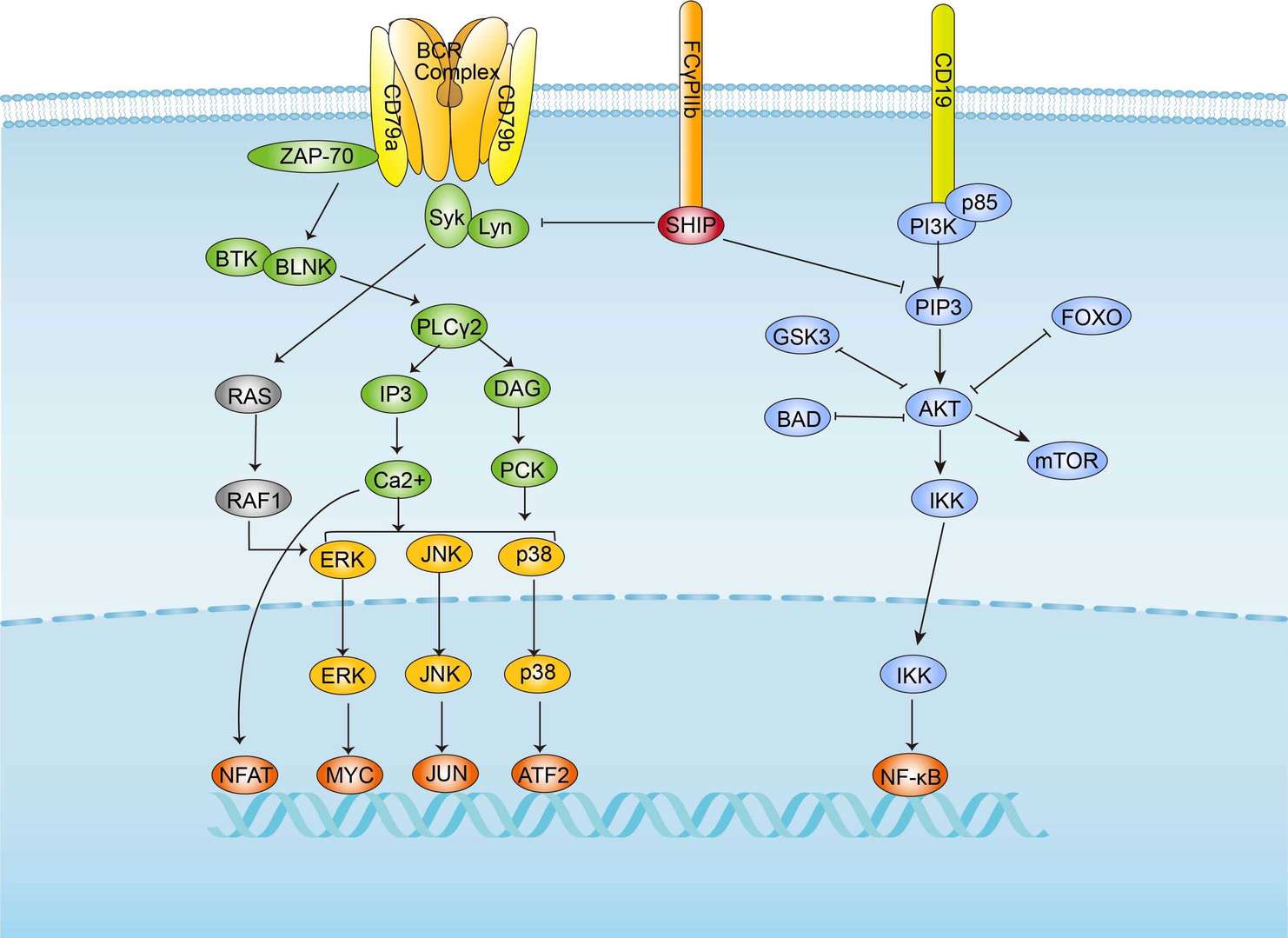 BCR Signaling Pathway
BCR Signaling Pathway
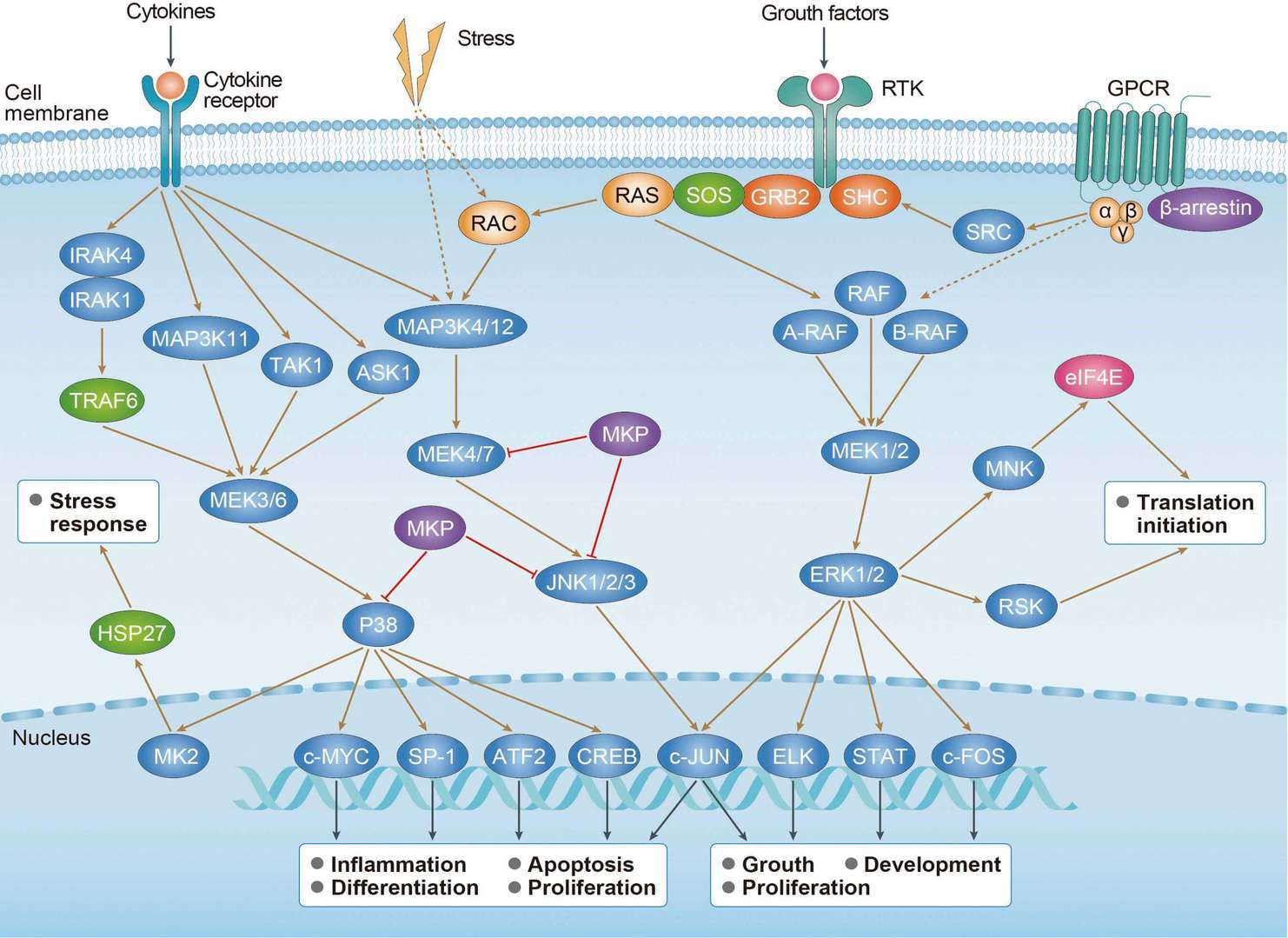 cAMP Signaling Pathway
cAMP Signaling Pathway
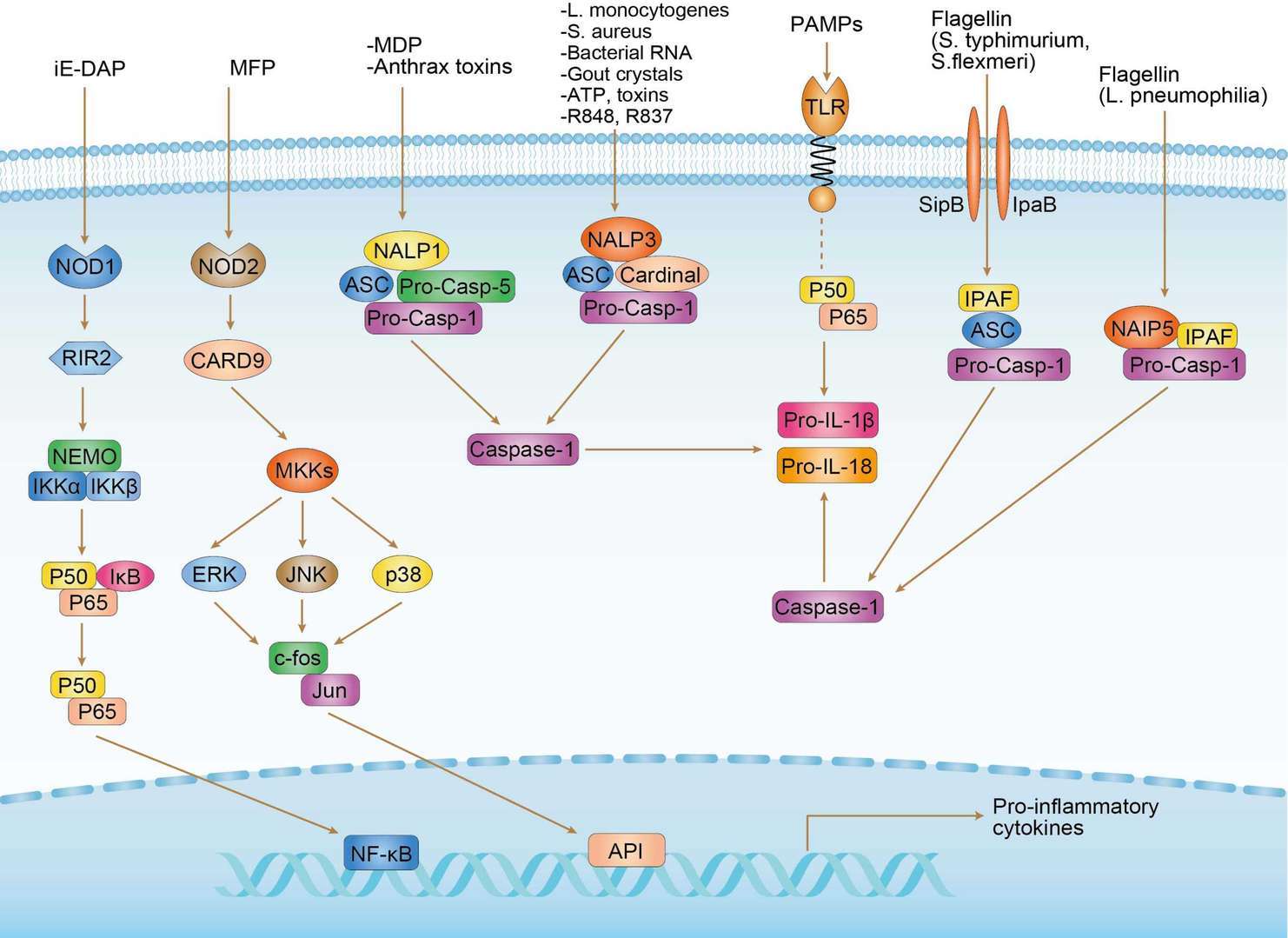 NLR Signaling Pathway
NLR Signaling Pathway
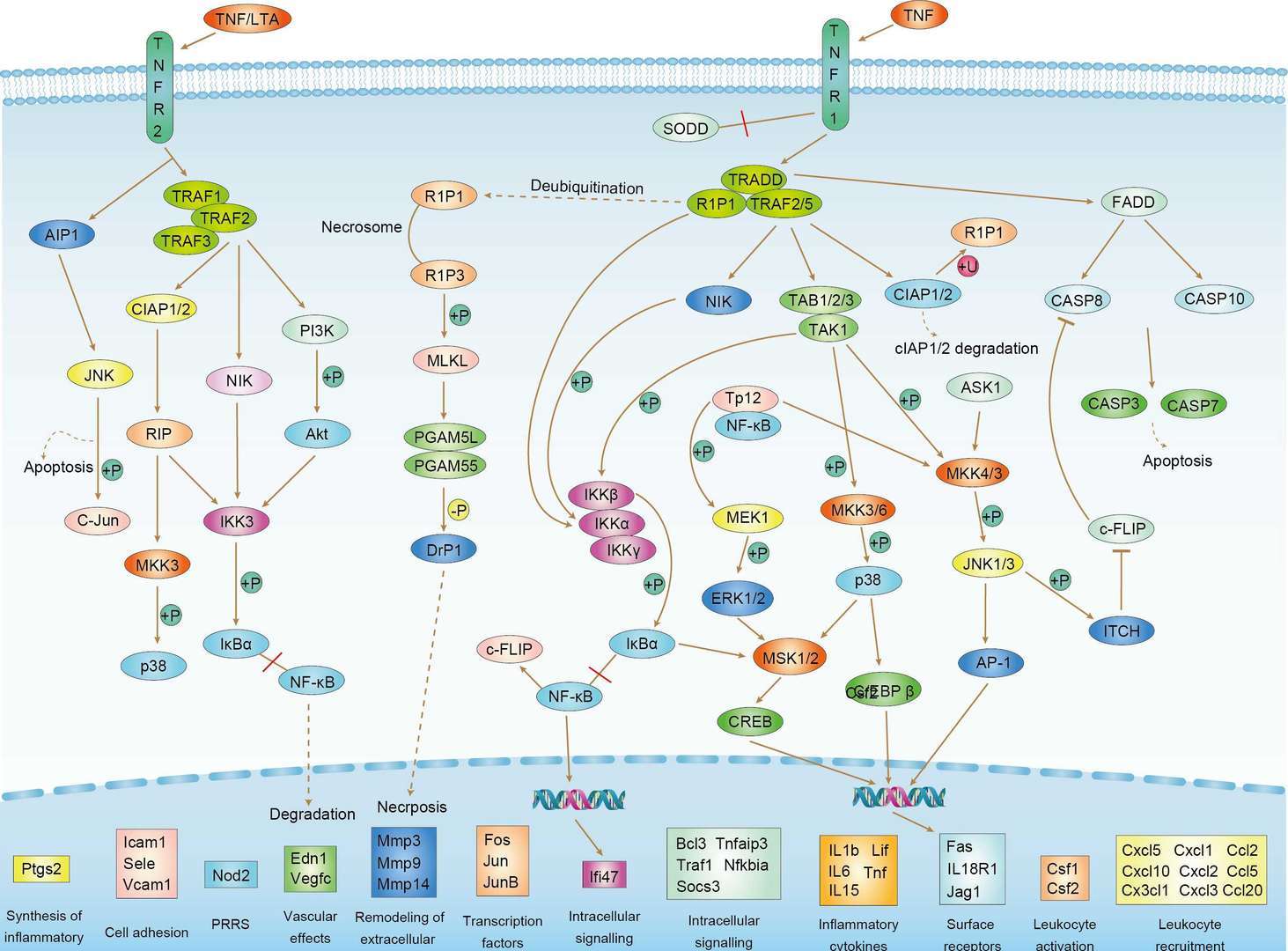 TNF Signaling Pathway
TNF Signaling Pathway
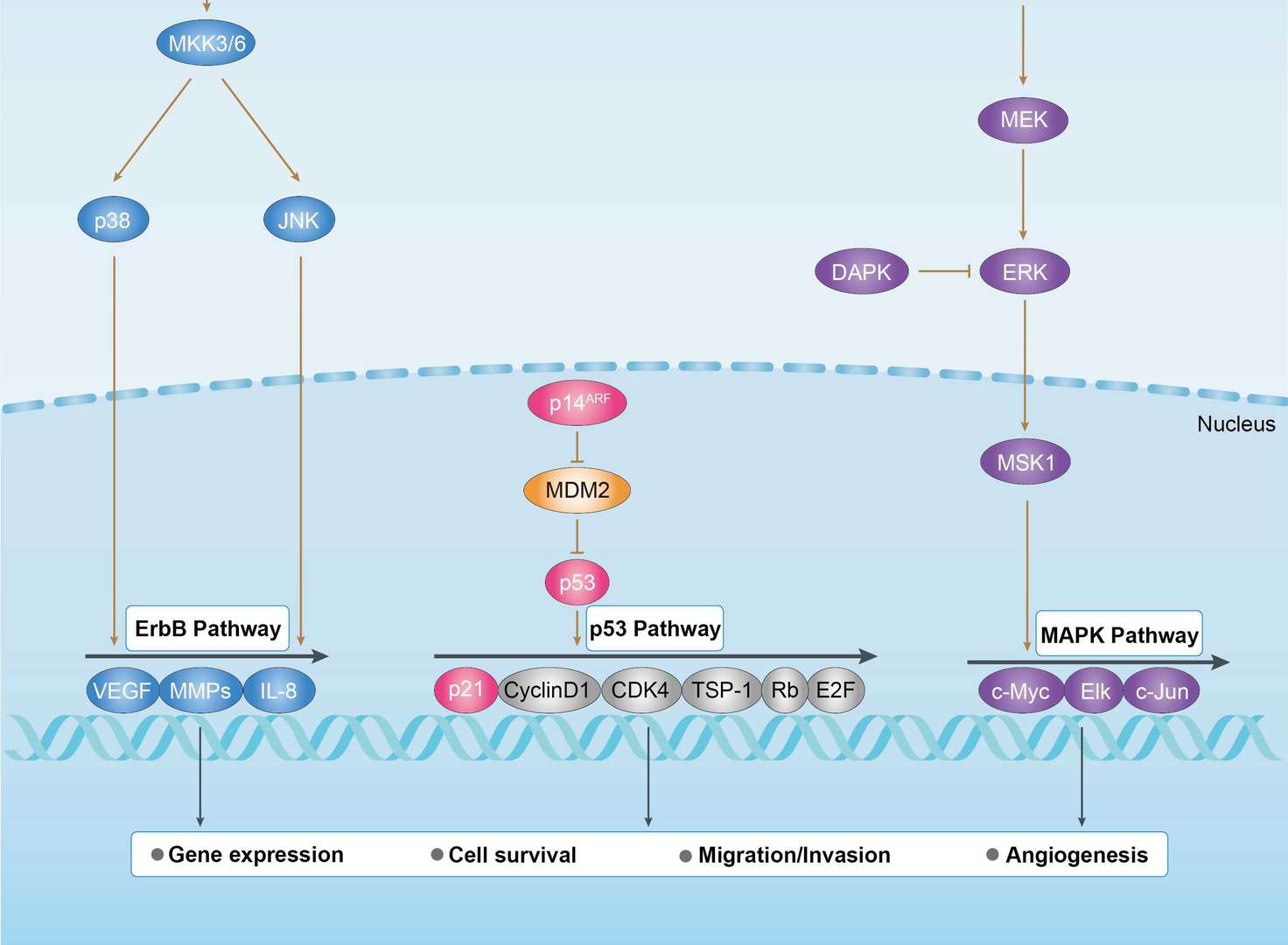 Bladder Cancer
Bladder Cancer
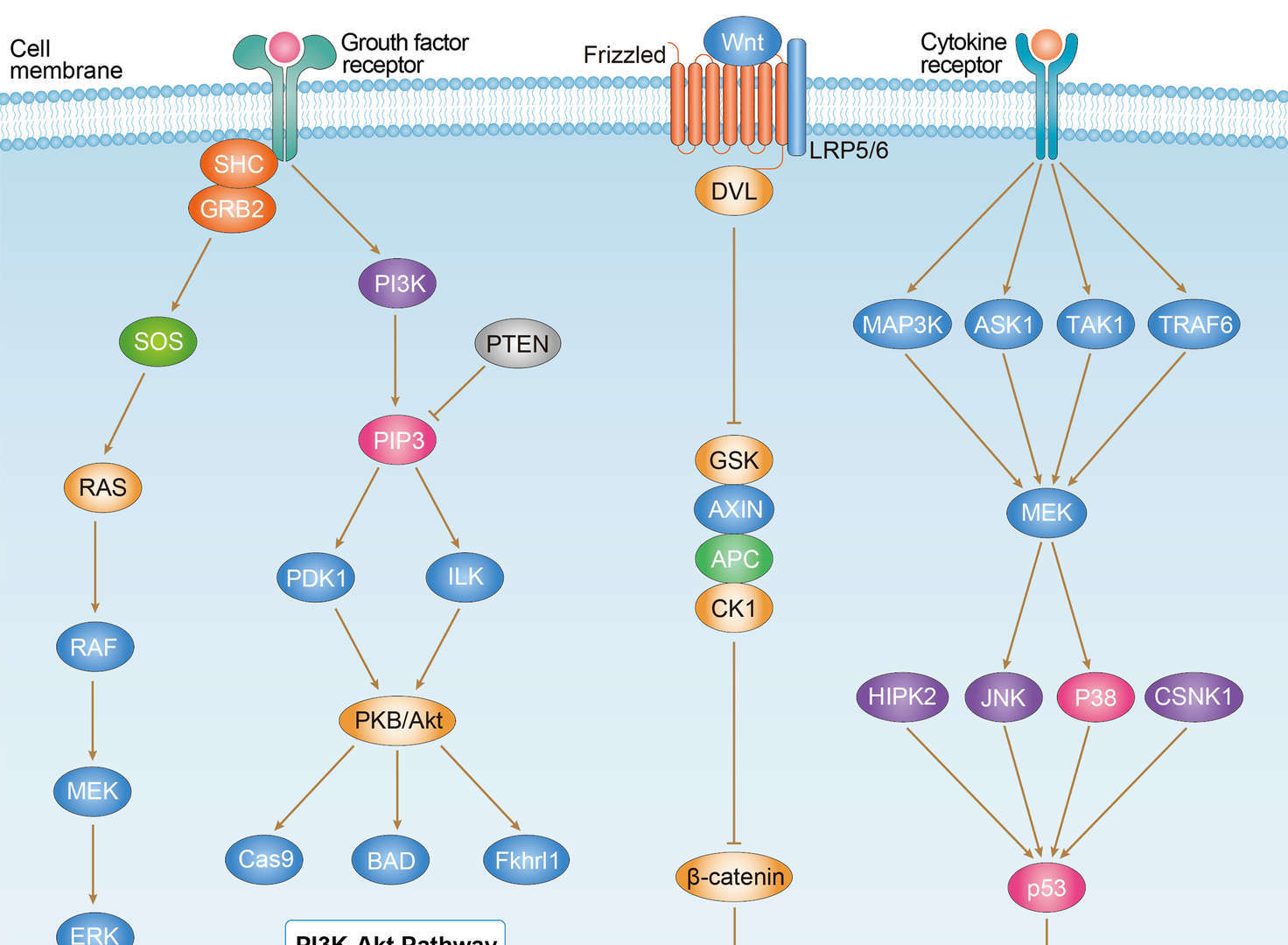 Endometrial Cancer
Endometrial Cancer
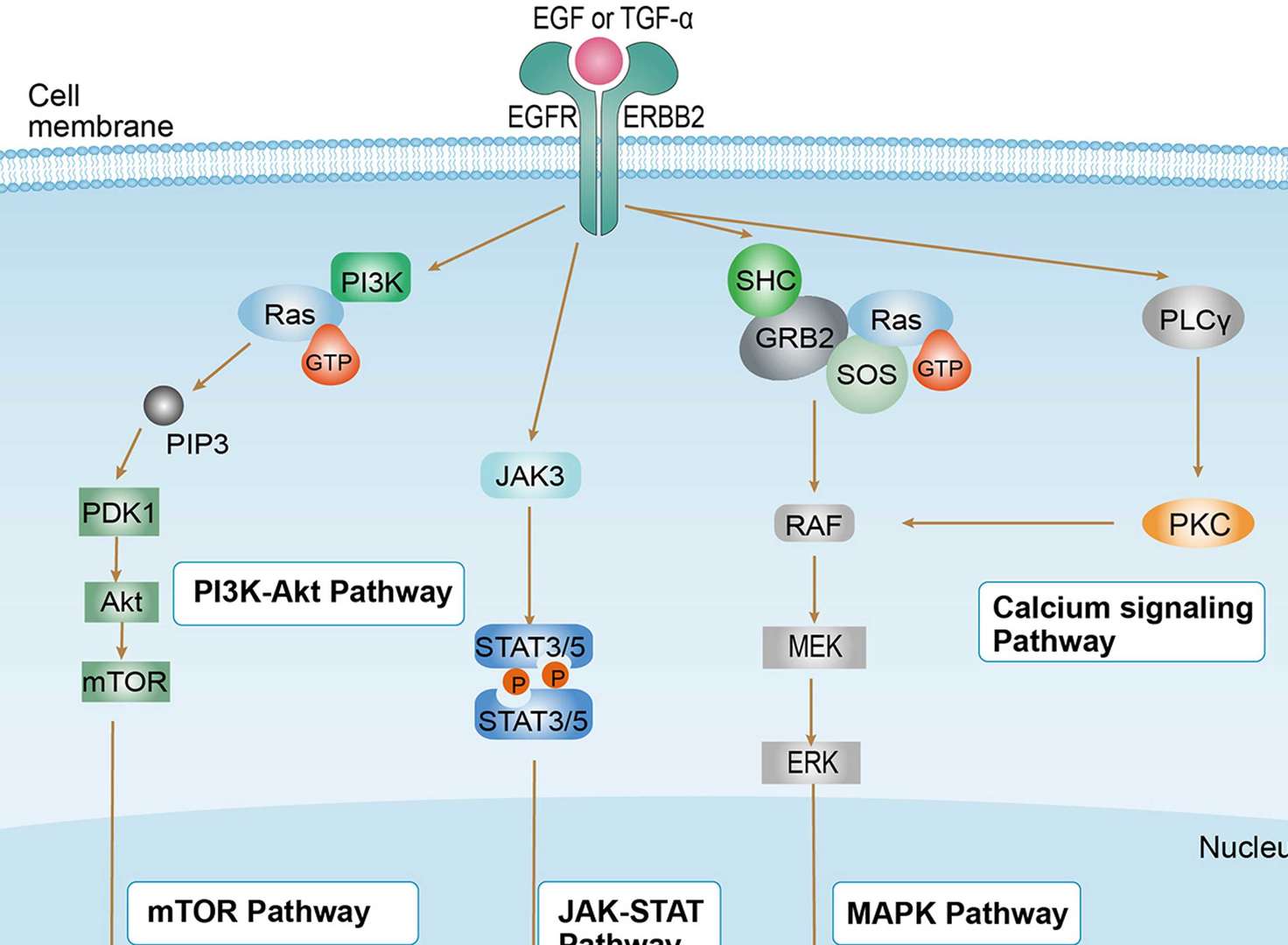 Non-small Cell Lung Cancer
Non-small Cell Lung Cancer
 Amphetamine Addiction
Amphetamine Addiction

